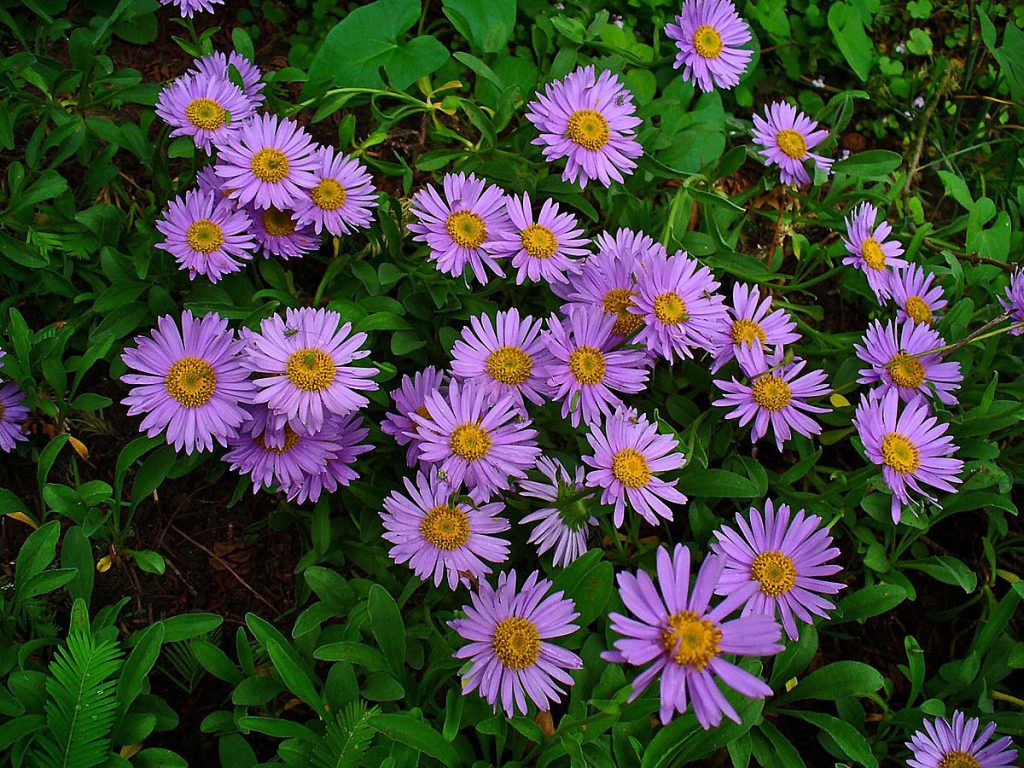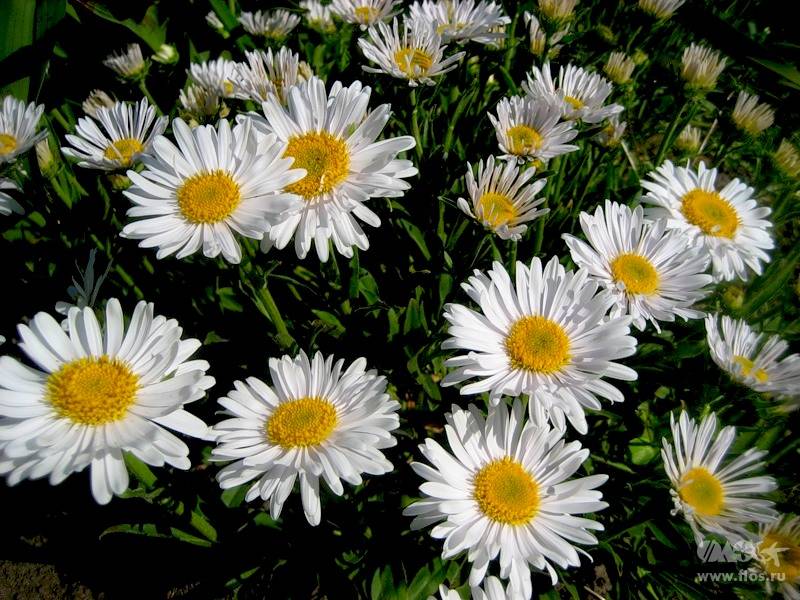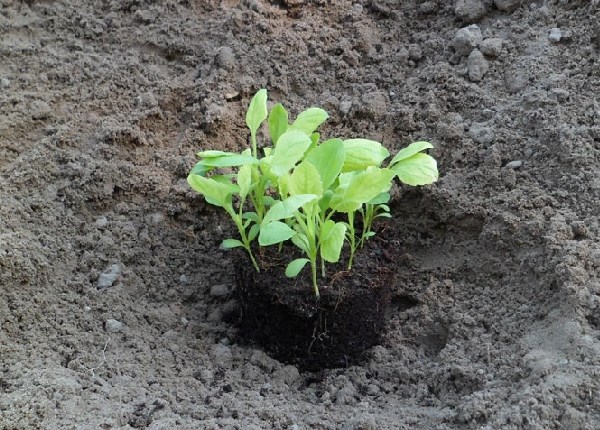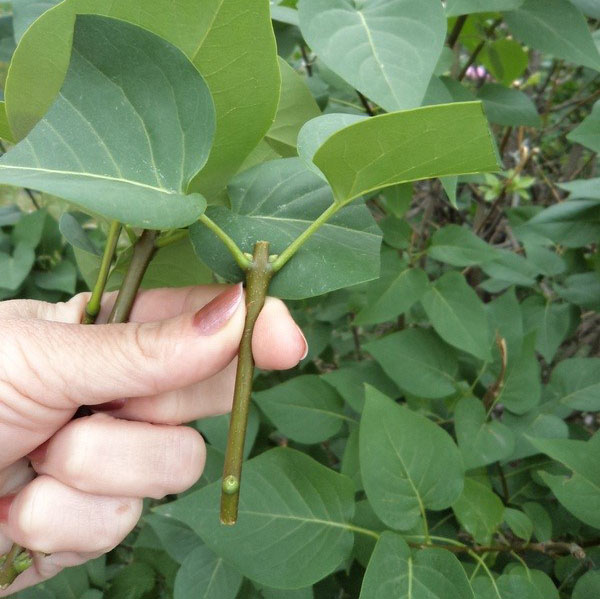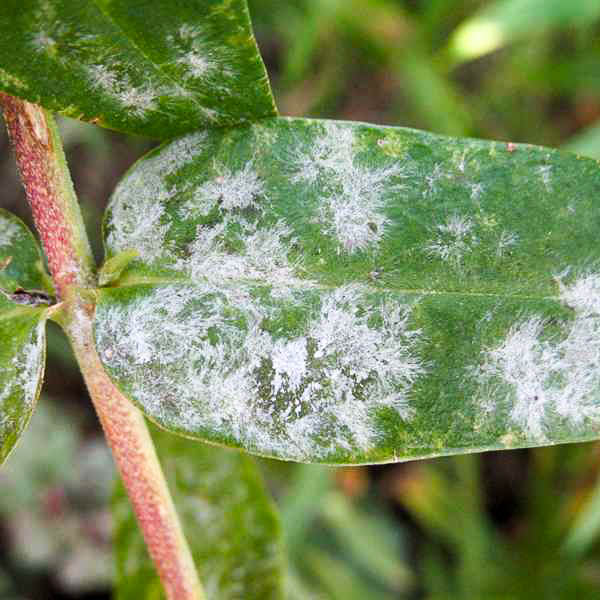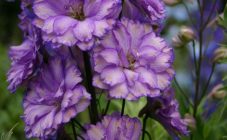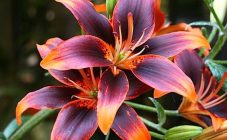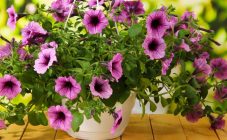Content:
Among the variety of aster cultures, many gardeners choose Alpine aster for growing. The variety of colors and easy maintenance make this culture attractive for summer residents. Do not confuse this species with Erigeron, who is also a member of the Astrov family.
Aster Alpine perennial: description
Astra Alpine is a representative of the Astrov family. Other names for the plant are Korzhinsky's aster, false aster. The name was first used by Karl Linnaeus in the second half of the 18th century, although the plant has been cultivated since the 16th century. The main purpose is decorative, although in Tibet, traditional medicine uses flowers to treat gastrointestinal diseases.
Perennial grows from 10 to 35 cm in height, has a thick rhizome. The diameter of the flower does not exceed 6 cm. Flowering is long, from June to August. The stems are thin, the leaves are spatulate, the size of the leaves decreases towards the top of the stem.
The bush grows in breadth if it grows in a sunny place. For their ability to grow, bushes can be used as a ground cover plant. It will look great in a rock garden and in borders. For example, aster, a perennial Alpine mixture of Illyria, has a pronounced property to grow in breadth, which pleases fans with its color variety.
Characteristics of plant species
It is worth highlighting three main types that differ in their versatility of use (alpine slides, curbs, for cutting):
- White: Lush chamomile-like, early flowering
- blue: up to 20 cm in height, leaves are at the base of the stem, blooms in the second year, color from blue to blue, blooms from June to July;
- pink: grows up to 30 cm in height, flowers are chamomile pink up to 4 cm in diameter, flowering from May to July.
Characteristics of plant varieties
The most popular varieties:
- Gloria: blue-blue flowers with a yellow core, up to 3 cm in diameter, shoots 25 cm high;
- Happy end: pink flowers, early flowering (completely May);
- Goliath: lilac flowers, about 6 cm in diameter, this variety blooms throughout June;
- Dark Beauty: purple flowers, flowering from July to August.
- Superbus: This variety will do well in light partial shade.
All these varieties of Alpine asters are produced by Gavrish.
Planting and leaving
Landing
Astra is unpretentious, but to increase the duration of flowering, a sunny area with fertile, drained soil is needed. Lowlands and swampy soils are detrimental to culture.
The site needs to be dug up and phosphate fertilized. There are two planting methods:
- in open ground;
- seedlings.
In open ground, seeds can be sown at the beginning of April, not forgetting to cover with a film. Planting seeds in the fall is allowed. To do this, you need to sow them in slightly frozen soil and sprinkle them with earth. Breeding asters in this way is unjustified due to the low germination of seeds.
For seedlings, seeds are sown in the last week of February or March. The soil for seedlings is prepared from garden soil with manure, or ready-made is bought. The seeds are deepened by 1 cm, covered and watered.
Watering is carried out as the soil dries up, to prevent the formation of a crust on the ground. It is advisable to put seedlings on the south window.The temperature should be lowered to 16 ° C as soon as the first shoots appear. Landing in the ground in early summer is carried out in the presence of 3 - 4 true leaves. First, the aster must be covered, and then gradually tempered.
Care
This type of aster is unpretentious, but if it is properly looked after, the flowers will be larger, and the flowering period will be significantly extended.
The main care is watering, loosening, feeding. Watering should be moderate and should be increased during flowering. Remember to remove dry flowers during flowering.
Fertilize with potash fertilizers, rotted manure. When loosening, add ash to the soil. Do not forget to spud the culture, this will save the roots from external factors.
Asters hibernate without problems, but if the temperature in winter drops below 30 ° C, they need to be covered with sawdust, dry foliage, material.
Reproduction
Asters reproduce by seeds, cuttings, dividing the bush. Seeds have already been written above.
Cutting is the ideal way to preserve the varietal characteristics of the plant.
Cuttings must be taken from healthy plants. You need to cut the stalk back from the top by 7 cm. After cutting, the stalk is treated with a coal mixture and planted in soil consisting of earth, peat, sand in a ratio of 2: 1: 1. Then the cuttings are covered and put in a darkened place for a month, not forgetting to periodically water them. After a month, the germinated plants are planted in open ground. The best time for a pick is the beginning of autumn.
The most convenient and popular breeding method for this perennial is by dividing the bush. Astra Alpine can grow in one place up to 7 years, but the deterioration of flowering is noticeable after 3 years, and it is at this time that gardeners recommend dividing the bush.
The old bush must be dug up and three young bushes must be separated from the rhizome. New bushes are transplanted to a permanent place. You can propagate aster by dividing the bush all season. Marigolds and marigolds are good predecessors of asters.
Diseases and pests
Powdery mildew often infects this crop if the soil is waterlogged. For prevention, in the fall, they are treated with a solution of copper sulfate (50 g per bucket of water), which is watered on the plant stems. In case of severe damage, the shoots are cut off and burned.
A solution of ash (a bucket of warm water and 1 kg of ash for a week) is able to cope with this disease. They need to spray the affected leaves three times, the sulfur solution fights powdery mildew. In the same way, you need to fight with the black leg.
Among pests, aphids, caterpillars, slugs, and spider mites are especially dangerous. These pests are dangerous, first of all, because they dehydrate young plants and buds. They fight them with insecticidal solutions, sometimes home remedies are used. Treatment with a tar solution (birch tar, 3 tablespoons and a bucket of water) can rid the plant of pests.
Thus, the Alpine aster is a wonderful plant for the garden.
Main advantages:
- great color variety;
- varieties with different flowering periods - you can make a flower bed that will bloom from May to the first autumn frosts;
- unpretentious;
- easy care;
- versatile in use.
Even novice flower lovers can cope with the cultivation of alpine asters.
